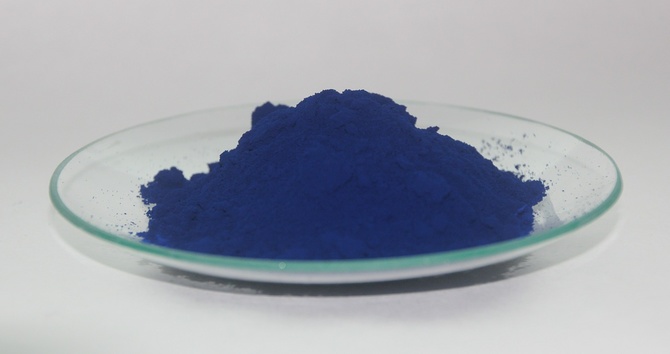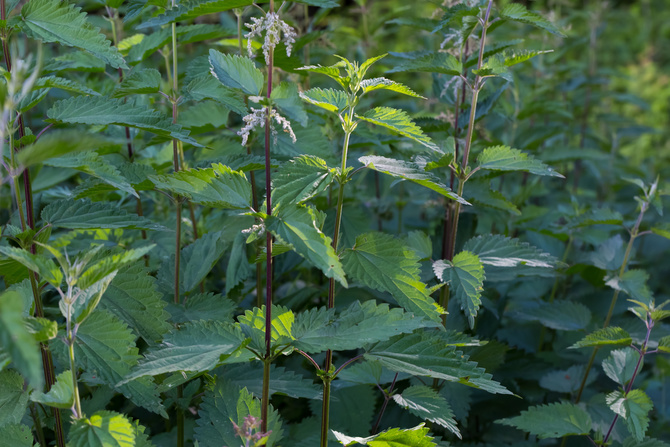Hair colors: cassia, katam and indigo
Do you want to dye your hair naturally, even the first whites? By mixing the powders together, effective and natural cosmetics can be produced. In addition to the more famous red henna, here are three other hair dye bases: cassia “blonde”, katam “plum” and indigo “blueberry”.

Healthy hair with dyeing herbs
Everyone knows what henna is and, for those who juggle cosmetics and natural hair dyes, they know that it is obtained from a herb called Lawsonia Inermis and that a strong red color is obtained .
Less well-known, on the other hand, are dyeing and equally natural plants such as cassia, katam and indigo ; in fact it is important to know them for those who want to know what to wear and how to color their hair, to read the Inci index of products sold as natural without equivocation and to understand what is more or less there – or is not it must be! – in hair products.
Indigo, the blue black of natural colors

Indigofera Tinctoria is a plant native to India, a small half-meter shrub with light green leaves and reddish, bell-shaped flowers. Also used in medicine, from it you get a color tending to blue , also used a lot to dye fabrics, not just the hair.
Thanks to the trade of this plant, many peoples of India and Africa got rich, especially in medieval times, when it was used both in the cosmetic field and in art and medical care.
Indigofera does not directly contain the pigment, which is why it must be obtained through a long and complex process that includes fermentation and oxidation of the leaves and stems , evaporation and grinding of the powder.
Like Katam, it is recommended for those with dark hair , also mixed with other dyeing plants. Cold and decisive reflections are obtained, with black-blue or blueberry shades.
Read also Here’s how to naturally lighten hair with chamomile >>
Cassia, the natural color of blondes

Senna italica is the Latin name of the tree whose leaves are used to produce Cassia Obovata , a dye used to dye hair. The Italian Senna, also called in other ways depending on the country where it grows, is native to the areas of west and north Africa, Sudan, the Horn of Africa and the region of Yemen, up to the north west of India.
The plant produces yellow flowers and oblong fruits. In addition to being used in the medical field, the dried and powdered leaves of cassia are marketed (especially from Egypt and India) and used to color the hair.
The thing that interests most is the hue obtained from cassia leaves: well, also known as “blond henna” or natural henna “, cassia gives a shade of yellow color and a bright and shiny texture to the hair, which does not radically modifies the color, but which gives natural reflections. As with all dyeing plants, the more you use it, the more its coloring action is evident to lighten hair naturally , especially on light brown, dark blond, blond or reddish blond hair .
Natural dye katam, the dark red shrub

Buxus Dioica , this is the scientific name of the plant whose shrub (not the leaves!) Gives the natural katam powder . Also known as “black henna”, it is a plant that gives reflections that fade to aubergine, purple, plum , visible above all in sunlight.
It is also a perfect plant to mix with Lawsonia red henna or Cassia, to soften slightly orange tones and to help cover white hair. It is therefore a perfect color for those who already have naturally dark, brown or dark hair .
Natural hair dyes, to know
These plants can be mixed together: the percentage used of one rather than the other will “pull” on the desired color, you just have to experiment!
They can now be bought almost everywhere, from the internet to the organic and natural shop near the house: the really important thing is to check that they are 100% natural powders , free of chemical additives that could turn the final result on unexpected colors, especially on previously dyed hair. or bleached, so its application is not recommended.
Absolutely forbidden to bleach your hair after using herbal dyes ! With about 25 euros you can buy all four bags of the kit of the four dyeing plants to mix with each other : lawsonia, cassia, katam and indigo. These plants do not just color the hair, but also nourish it: they are sebum balancing, polishing, antibacterial and strengthening .
Reference books:
> Christine Shahin’s “Natural Hair Coloring: How to Use Henna and Other Pure Herbal Pigments”;
> Penny Baptista’s “Hair to Dye for: A Hair Colorist’s Secrets Revealed”;
> “Medicinal Plants of the Asia-Pacific: Drugs for the Future?” By Christophe Wiart.






























+ There are no comments
Add yours